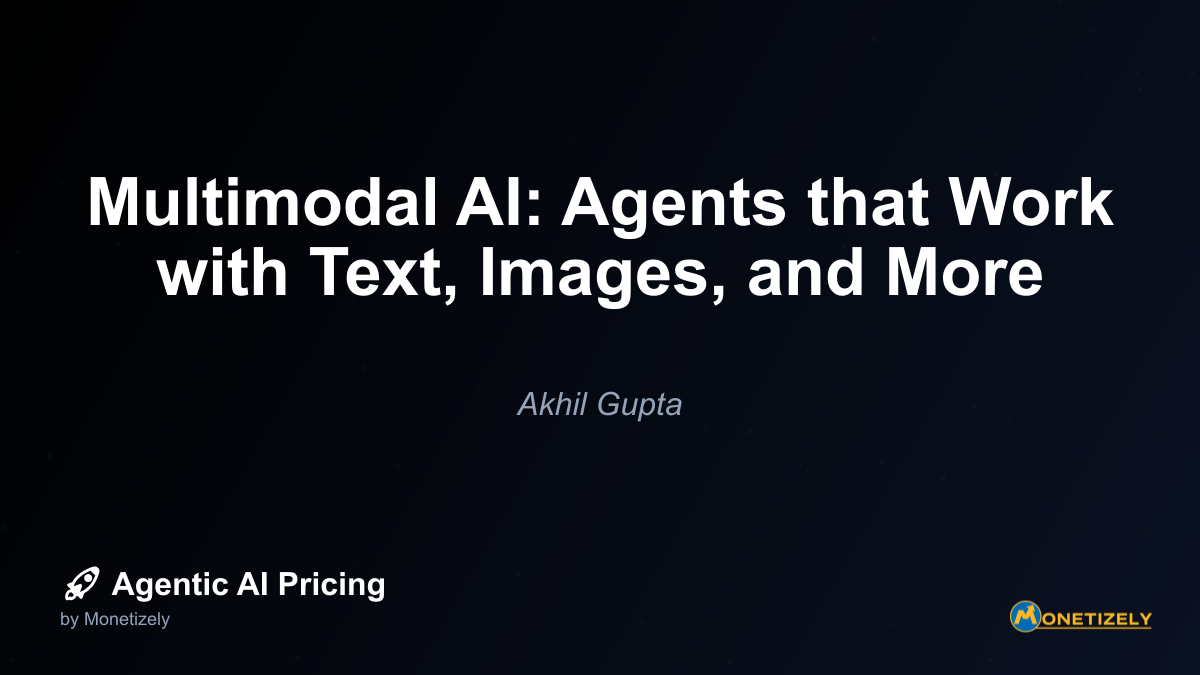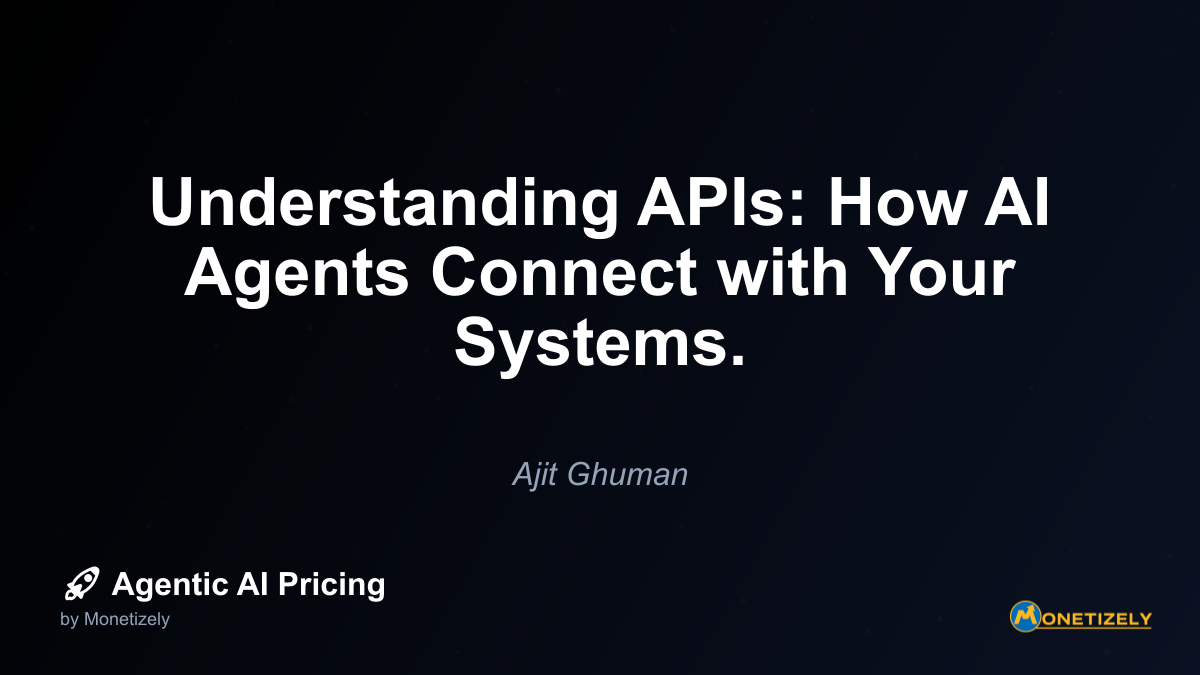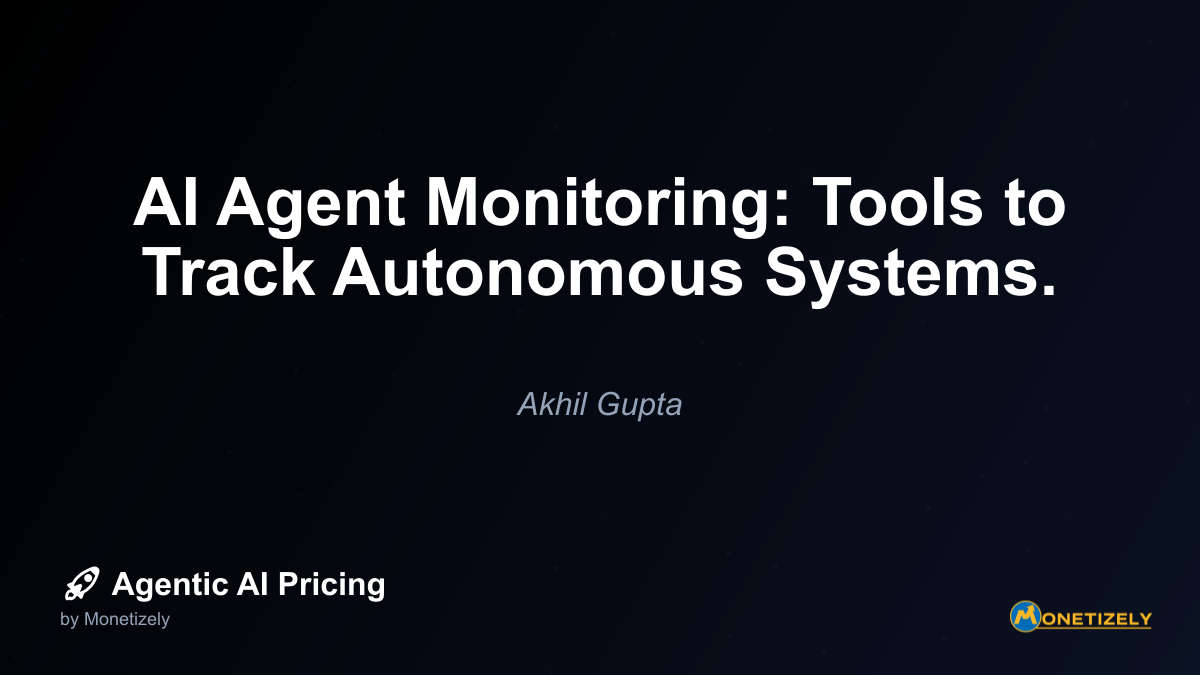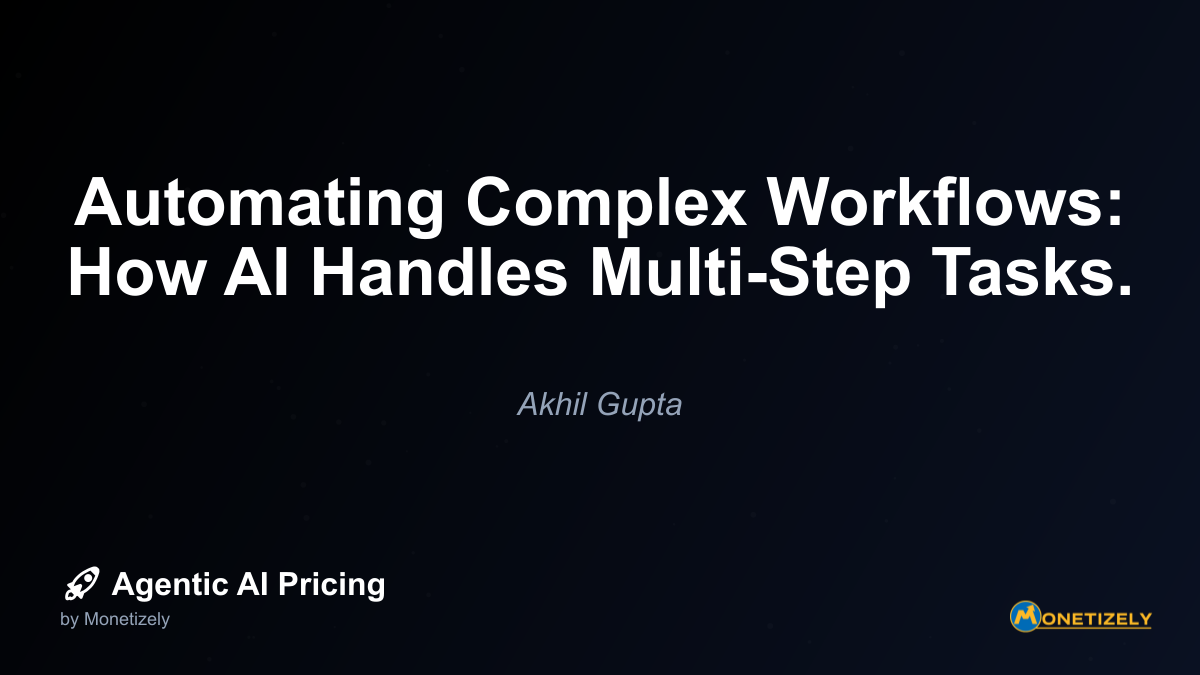· Akhil Gupta · Technical Insights · 3 min read
AI Plugins and Tools: Extending Your Agents’ Capabilities.
AI and SaaS Pricing Masterclass
Learn the art of strategic pricing directly from industry experts. Our comprehensive course provides frameworks and methodologies for optimizing your pricing strategy in the evolving AI landscape. Earn a professional certification that can be imported directly to your LinkedIn profile.
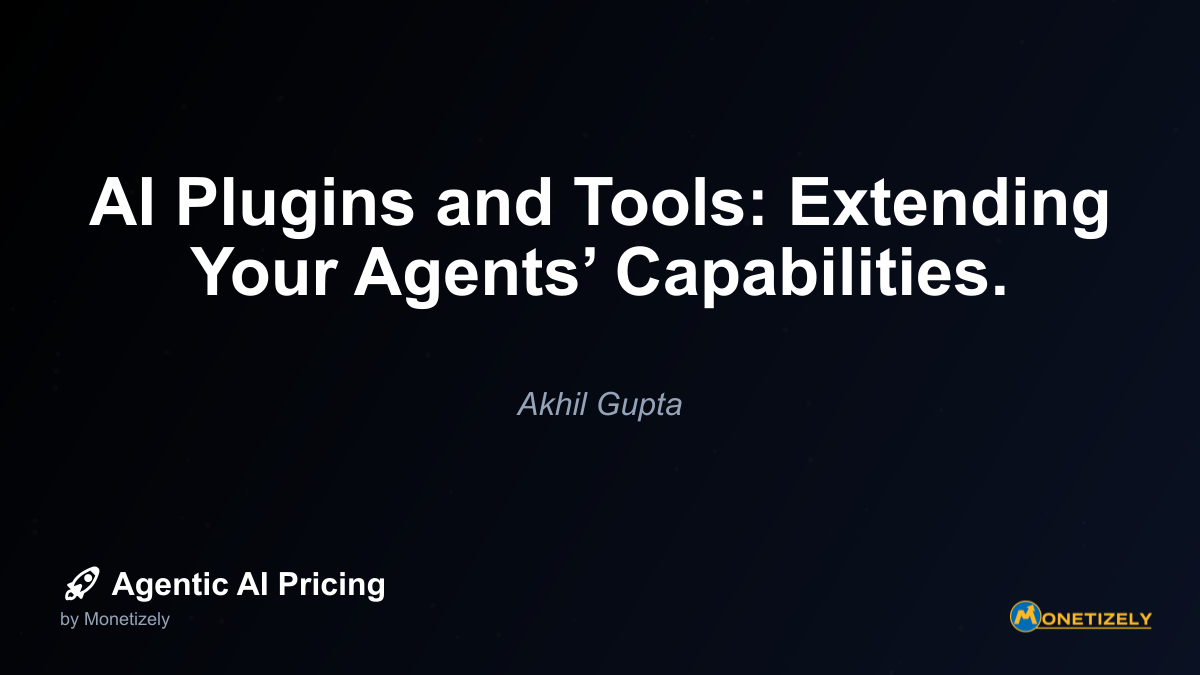
For a deeper exploration of different AI agent pricing models, check out our comprehensive guide on Agentic AI Integration Pricing: Connecting Agents to External Systems.
Cost-Based Considerations
When determining pricing for tool-extended AI agents, organizations must account for the additional costs associated with:
- API usage fees: Many external services charge per call or based on data volume
- Development and maintenance: The ongoing cost of maintaining integrations
- Increased token consumption: Tool usage often increases the overall token count
- Security infrastructure: Additional security measures required for safe tool access
These costs should be carefully analyzed to ensure that pricing models remain profitable while delivering value.
Tiered Functionality Models
Most successful implementations use tiered pricing models that offer:
- Basic tier: Core AI capabilities without tool integrations
- Professional tier: Essential integrations for common productivity tools
- Enterprise tier: Comprehensive integration suite including specialized business systems
This approach allows customers to select the appropriate level based on their specific needs and budget.
Implementation Roadmap for Tool-Extended AI Agents
For organizations ready to begin implementing tool integrations for their AI agents, the following roadmap provides a structured approach:
Phase 1: Assessment and Planning
- Inventory existing systems: Document the key systems your AI agents should connect with
- Prioritize integration opportunities: Rank potential integrations based on value and complexity
- Define success metrics: Establish how you’ll measure the impact of each integration
- Develop security framework: Create guidelines for secure integration implementation
This foundation ensures that your integration efforts focus on high-value opportunities with appropriate safeguards.
Phase 2: Initial Implementation
- Select integration approach: Decide between pre-built plugins, custom development, or middleware
- Implement proof-of-concept: Start with 1-2 high-priority integrations
- Develop testing protocols: Create comprehensive testing processes for each integration
- Train users and support teams: Ensure stakeholders understand how to use the new capabilities
This phase validates your approach with minimal investment before broader deployment.
Phase 3: Expansion and Optimization
- Analyze usage patterns: Examine how integrations are being used in practice
- Expand integration portfolio: Add additional tools based on validated needs
- Optimize performance: Refine integrations based on real-world feedback
- Develop monitoring systems: Implement tools to track integration health and usage
This ongoing phase continuously improves the value delivered by your tool-extended AI agents.
Conclusion
The true power of agentic AI emerges when these systems can reach beyond conversation to interact with the digital tools and systems that power modern businesses. By thoughtfully implementing the right tool integrations, organizations can transform their AI implementations from interesting novelties into essential productivity multipliers that deliver measurable business value.
As you plan your AI strategy, consider not just the conversational capabilities of your chosen models, but the ecosystem of integrations that will allow them to perform meaningful work. The most successful implementations will be those that effectively combine powerful language models with carefully selected tool integrations that address specific business needs.
By following the best practices and implementation approaches outlined in this guide, you can navigate the complexities of tool integration while maximizing the value delivered by your AI investments. The result will be AI agents that don’t just talk about tasks—they actually accomplish them, becoming true digital workers that enhance your organization’s capabilities in tangible ways.
Co-Founder & COO
Akhil is an Engineering leader with over 16+ years of experience in building, managing and scaling web-scale, high throughput enterprise applications and teams. He has worked with and led technology teams at FabAlley, BuildSupply and Healthians. He is a graduate from Delhi College of Engineering and UC Berkeley certified CTO.
Pricing Strategy Audit
Let our experts analyze your current pricing strategy and identify opportunities for improvement. Our data-driven assessment will help you unlock untapped revenue potential and optimize your AI pricing approach.

